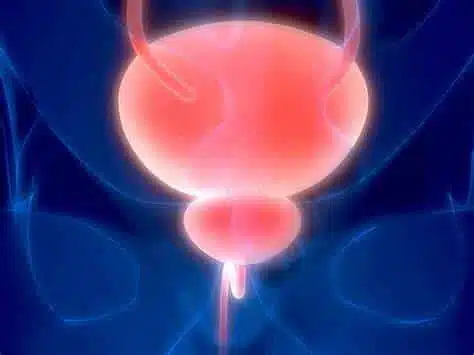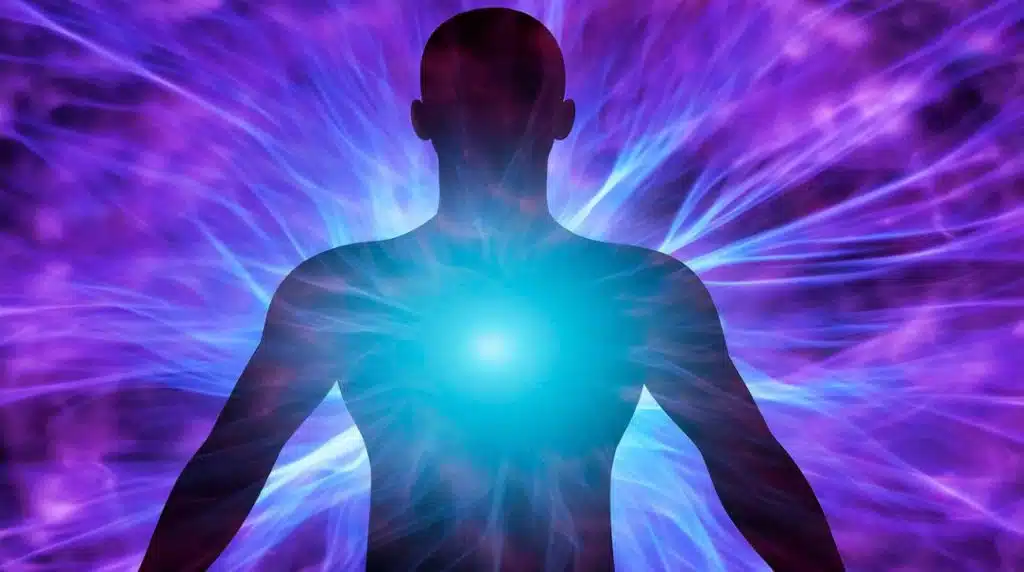The Effects Of Weed On Bladder Function: What You Need to Know
Cannabis contains compounds called cannabinoids, which interact with the body’s endocannabinoid system. This system plays a role in regulating various bodily functions, including mood, appetite, sleep, and pain sensation. When you consume cannabis, the cannabinoids bind to receptors in the endocannabinoid system, which can affect the body in several ways.
We often get asked about the effects of cannabis on bladder function. It’s a valid concern, especially for those who suffer from bladder issues or are considering using cannabis for medicinal purposes. In this article, we’ll explore the topic in-depth and provide you with the information you need to make an informed decision.
How Cannabis Affects Bladder Function
Cannabis contains compounds called cannabinoids, which interact with the body’s endocannabinoid system. This system plays a role in regulating various bodily functions, including bladder function. When you consume cannabis, the cannabinoids bind to receptors in the endocannabinoid system, which can affect bladder function in several ways.
One of the primary effects of cannabis on bladder function is increased urine output. This is because cannabis can act as a diuretic, which means it increases urine production. This effect can be beneficial for those who suffer from conditions like urinary tract infections or bladder inflammation, as it can help flush out bacteria and reduce inflammation.
However, increased urine output can also be a downside for some people, especially those who already have issues with bladder control. Cannabis can also cause bladder spasms, which can lead to urinary urgency and incontinence. This is because cannabis can affect the muscles in the bladder, causing them to contract more frequently.
Using Cannabis for Bladder Issues
If you’re considering using cannabis for bladder issues, it’s important to talk to your doctor first. They can help you determine if cannabis is a safe and effective treatment option for your specific condition.
There are several ways to consume cannabis, including smoking, vaping, edibles, tinctures, and topicals. Each method has its own pros and cons, and some may be more suitable for certain conditions than others.
For example, smoking or vaping cannabis can provide fast relief for bladder spasms or pain, but it may not be the best option for those with respiratory issues. Edibles or tinctures can provide longer-lasting relief, but they may take longer to take effect.
General Effects Of Cannabis
One of the primary effects of cannabis on the body is a feeling of euphoria or “high.” This is because cannabis can activate the brain’s reward system, which can lead to feelings of pleasure and relaxation. Cannabis can also cause changes in perception, such as altered time perception or heightened sensory experiences.
Cannabis can also affect the body’s cardiovascular system, causing an increase in heart rate and blood pressure. This effect can be more pronounced in those who are new to cannabis or who consume large amounts of it. However, for most people, the increase in heart rate and blood pressure is temporary and not harmful.
Another effect of cannabis on the body is increased appetite, also known as “the munchies.” This effect is caused by the activation of cannabinoid receptors in the brain that are involved in regulating appetite and metabolism. Cannabis can also help reduce nausea and vomiting, making it a useful treatment option for those undergoing chemotherapy or other medical treatments.
Cannabis can also have pain-relieving effects, making it a popular treatment option for chronic pain conditions. This effect is due to the activation of cannabinoid receptors in the brain and spinal cord that are involved in pain sensation.
However, cannabis can also have some negative effects on the body. It can impair coordination and reaction time, making it dangerous to drive or operate heavy machinery while under the influence. Cannabis can also cause short-term memory impairment and affect cognitive function, especially in those who use it regularly or in large amounts.
Best Practices for Using Cannabis Safely
If you do decide to use cannabis for bladder issues, there are some best practices you should follow to ensure your safety and the effectiveness of the treatment.
First, start with a low dose and gradually increase it as needed. This can help you avoid any unwanted side effects and find the optimal dose for your condition.
Second, choose high-quality cannabis products from a reputable source like West Coast Releaf Online Dispensary. They offer a wide range of products, including concentrates, edibles, vapes, tinctures, buds, shatter, hash, wax, live resin, and moon rocks. They also offer delivery and mail order options, making it easy and convenient to get the products you need.
Third, be aware of the potential side effects of cannabis, including dry mouth, dizziness, and impaired coordination. Avoid driving or operating heavy machinery while under the influence of cannabis.
Conclusion
In conclusion, cannabis can have both positive and negative effects on bladder function. It can act as a diuretic and help reduce inflammation, but it can also cause bladder spasms and incontinence. If you’re considering using cannabis for bladder issues, talk to your doctor first and follow best practices for safe and effective use. And don’t forget to check out West Coast Releaf Online Dispensary for high-quality cannabis products and convenient delivery options. If you are interested in buying weed online and THC products, check out West Coast Releaf online weed dispensary and shop for your weed online and cannabis products at westcoastreleaf.co!













